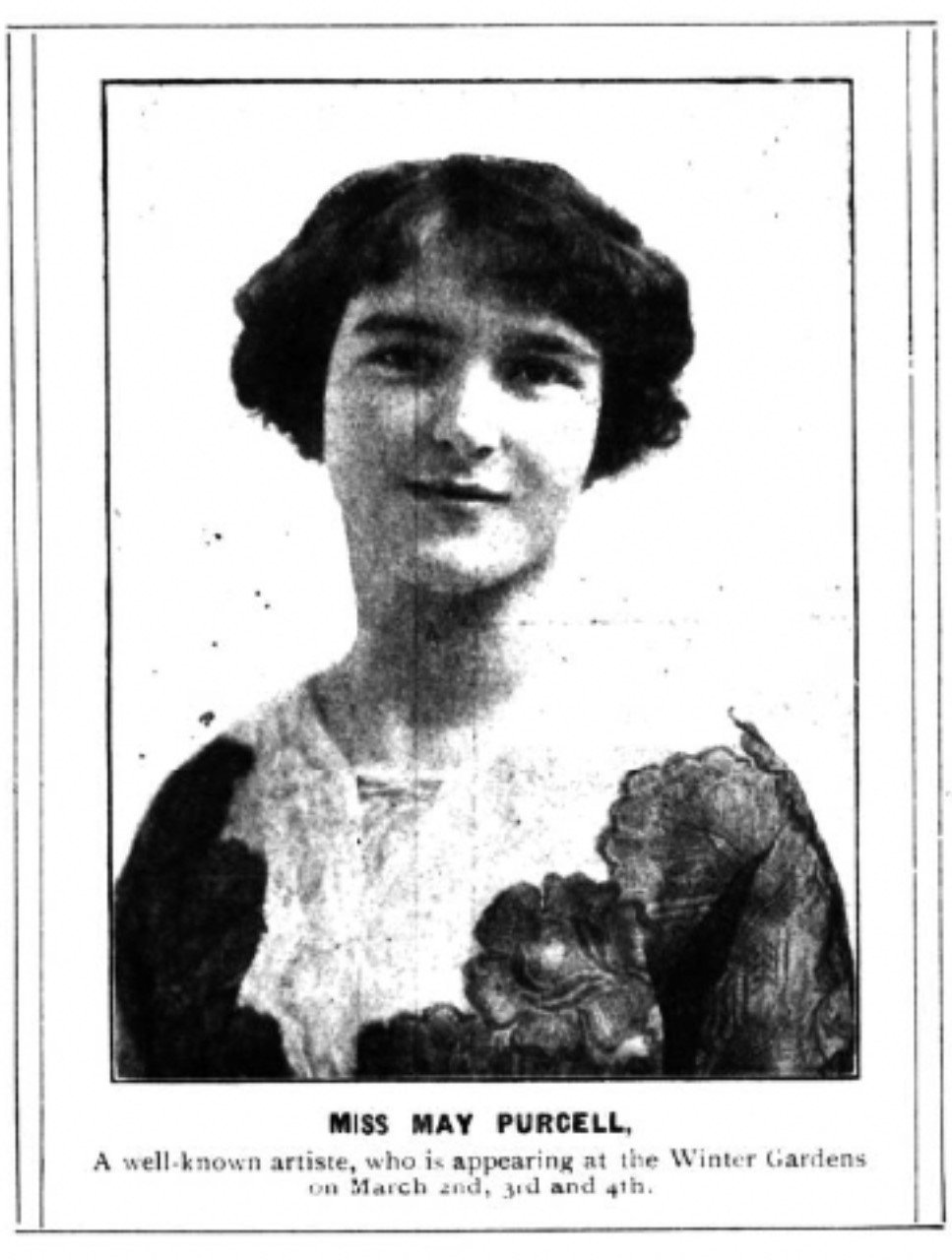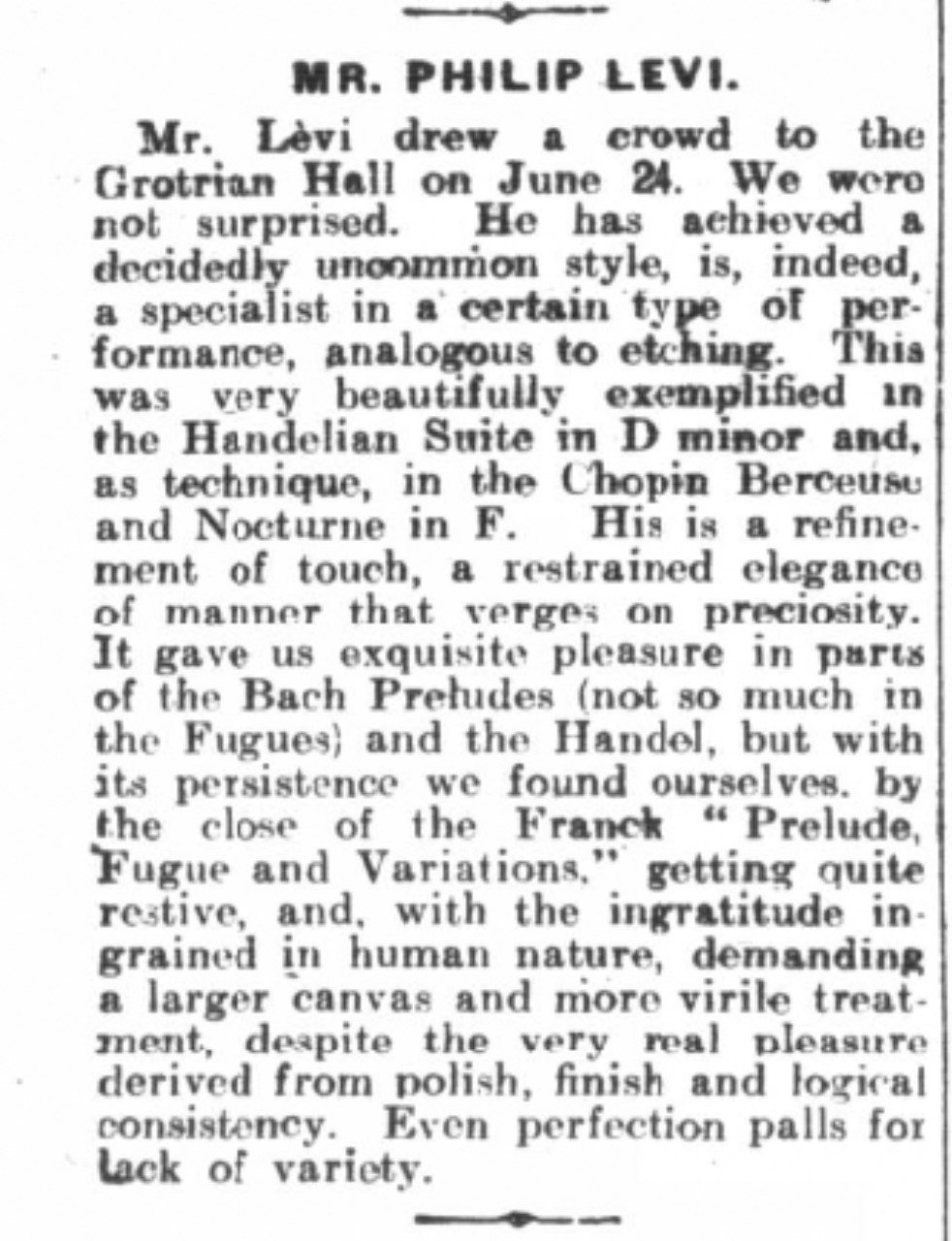Morfydd Owen: A Life in Pictures
It is the second time in recent months that my selected book is a remembrance volume. For Myra Hess, the remembering was in words, each chapter a defined vignette from someone who knew her, an encapsulation of a facet of her character. This month’s book, Rhian Davies‘s bilingual pictorial biography of Morfydd Owen, is a narrative that offers context and illumination for a life of which we actually know very little.
I always feel that a book like this is a labour of love of the best kind. Both the research and the selection of the material, and then the aligning of it into the story presented to us, not only takes time and effort but a willingness to engage in an act of imagination that is also an act of responsibility.
The book begins with a biography of Owen, as well as an explanation of the investigation, its limitations, and the blossoming after the introduction was written, when new relatives of Owens were found and contacted. That these relatives were so late in coming forward is both a result of the privateness of Owen herself and of the at times unhelpful ways in which Wales used to record its genealogy. I remember well my sister searching for our Welsh roots and becoming frustrated at the number of dead ends she found, rather in contrast to the scrupulous records kept in Scotland (Wales was surprisingly squeamish about illegitimate children).
The visual records contained in the book comes in many forms, from certificates and ledger entries to programmes, photos of landscapes and buildings, and of course photos of people including Owen herself. Some of these photos are the stuff of which the Owen legend is made – as Davies says, they are “as much responsible for manufacturing Morfydd’s myth within Welsh culture as have stories of her colourful exploits amongst the Bohemians of Hampstead.” Davis draws attention to small details such as Owen’s inability to smile in later photos, and the change of parting in her hair after her marriage. While these may seem like small points, they are poignant in face of the mystery that surrounds Owen’s choice of husband and her tragically early death. Even as a very young child she faced the camera full on, her expressive eyes making contact with the viewer on the other side of the piece of paper that is the photo. One cannot hold Morfydd Owen’s gaze without feeling the challenge behind it. It is one of the things that makes me wonder about the sentimental label that has been given to some of her music; there is nothing sentimental in those eyes.
I also enjoy the contextual people that Davies has added to the Owens story. My particular interest, unsurprisingly, is in the programmes, especially the Royal Academy of Music programmes, and the students who performed Owen’s work. These names include May Purcell, a soprano who went on to have a successful career around the UK, singing a variety of genres from music hall to oratorio; William Michael, later to be described in a review as “a robust tenor with an unaffected style”, and Philip Lévi, a rather well-known pianist whose style is at one point gloriously described as “analogous to etching.” It all points to a vibrant and extensive musical community of which Owen was an integral part. even more does it highlight the tragedy of how her musical life shrank after her marriage to Ernest Jones. It is also a reminder of the extraordinary roll-call of students who frequented the academy in the early years of the 20th century. I could easily be diverted by the many other names on the programmes printed here but for now I will content myself with following the threads of those performing Owen. (I am also taken with the pictures of the newly opened Academy building on Marylebone Road - exactly the same benches sit outside my teaching room as are still there. I am rather honoured to think that I may sit where Owen herself sat.)
While the book is not one to be read cover to cover, I find myself returning to it time after time, dipping at random into its pages to see which picture takes my eye this time. Even my Welsh students, coming from choirs and institutions in Wales, have performed her little, and know even less of her life. When I show them the book, it fascinates me how different pages catch their attention. It shows how multi-faceted Owen’s story is; her music is even more so.


